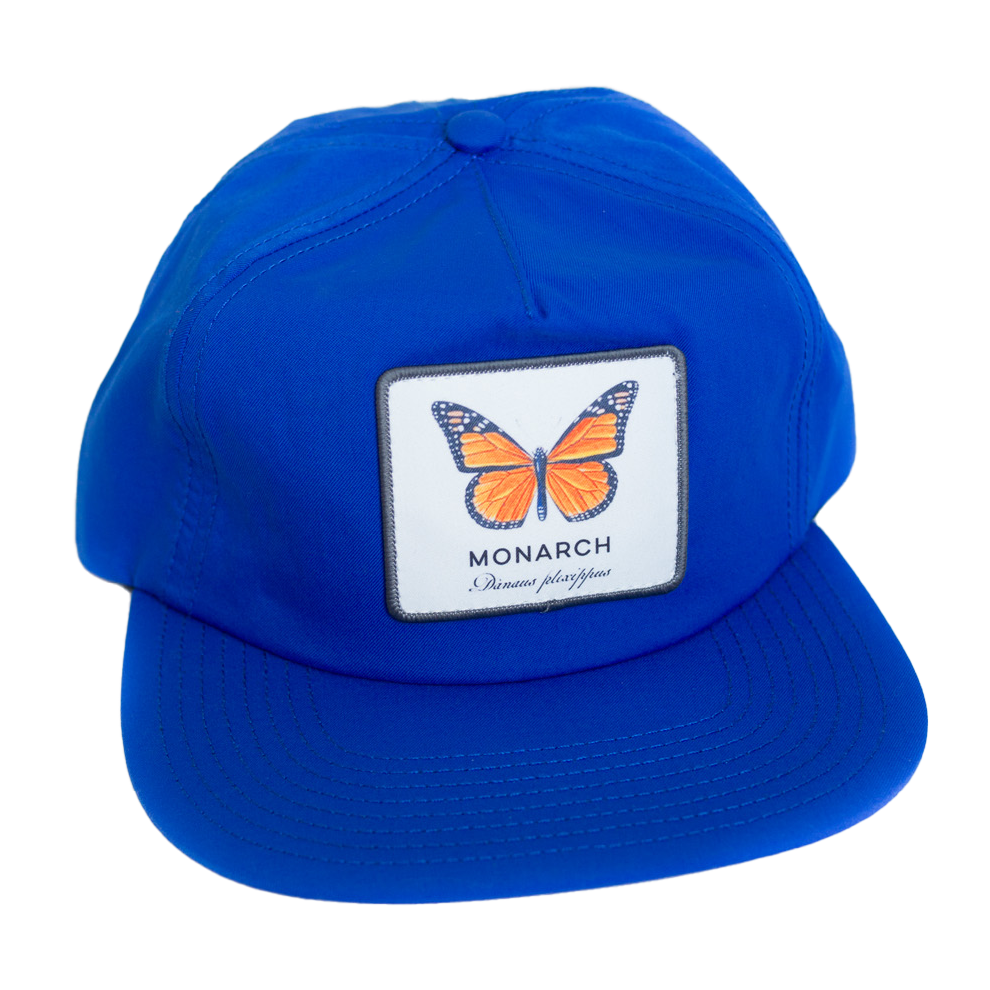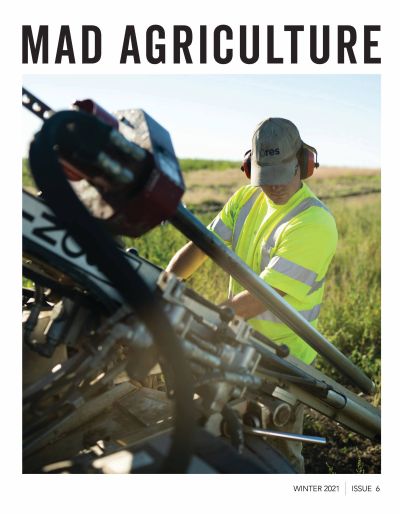
The Mad Agriculture Journal
Monarch
Published on
November 12, 2021
Written by
Philip Taylor
Photos by
Jane Cavagnero
The monarch butterfly is iconic. There is much to be said. The Mayan experienced them as ‘daughters of the sun’. Modern lay names are blithely objective, such are ‘milkweed’, ‘common tiger’ ‘black veined brown’ and ‘wanderer’. This last name, ‘wanderer’ really gets under my skin, and reflects the tremendous lack of cultural awareness of the Monarch’s life. A monarch’s memory is multi-generational - it lasts more than several lifetimes. The monarch is far from a wanderer, but has a deep knowing that we are just beginning to understand and humans barely comprehend.
I originally learned about their intergenerational migratory mystery through a good friend, Aaron de Long , who wrote and illustrated a wonderful children’s book for my son Thatcher. Adult monarch butterflies that emerge in spring and early summer live four to five weeks. Migrating generations, which emerge in late summer and fall, live eight to nine months. The winter grounds are in Mexico, where monarchs congregate in droves, and then disperse widely through North America for the rest of the year. It takes several generations to complete this journey, such that a monarch that reaches Mexico in the winter never returns to the United States in the spring, yet they always know where to go. The geography of their life is imprinted on the blueprint of their DNA.

This phenomenon invites big questions: how do you know things that you’ve never learned? How am I the expression of generations past? Are we in control of our thoughts and behavior as much as we perceive? These questions invite us to consider our origin beyond physical birth and the ‘blank slate’. The epigenetic reality of the monarch migration asks us to peer into the intergenerational repercussions of everything, ranging from trauma, slavery, colonization, awakening, service and much, much more. What must we unlearn or lean into within our deeper knowing or way of being? While we know very little, we can be sure that our thoughts and deeds outlast ourselves. This fact is inspiring me to look deeper into my past so that I may give greater shape to my present.
